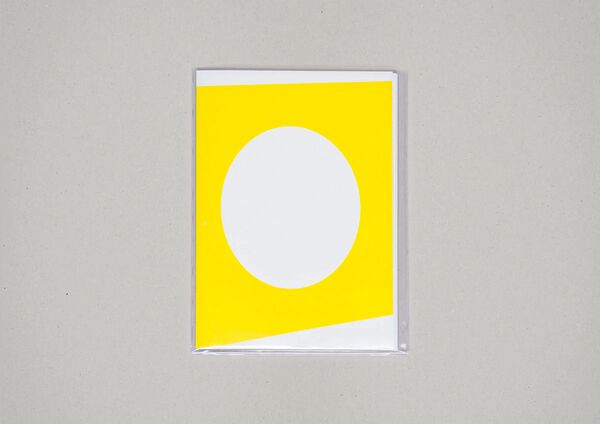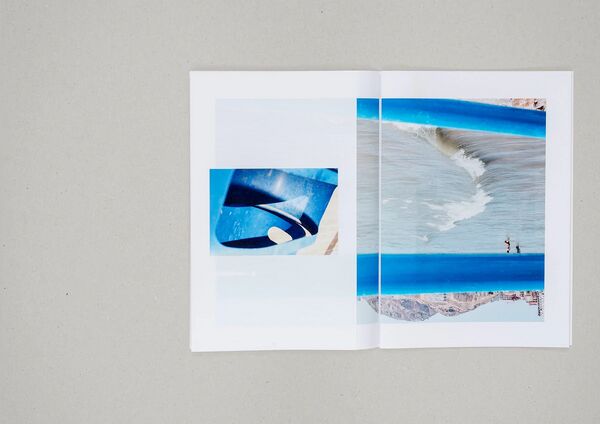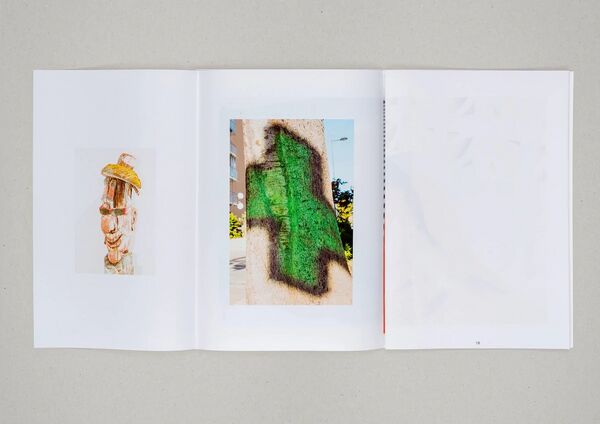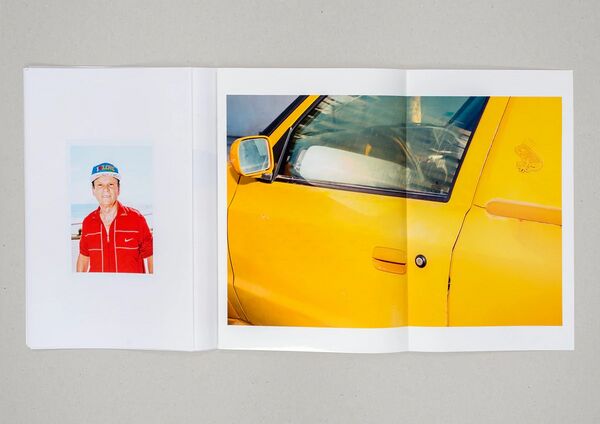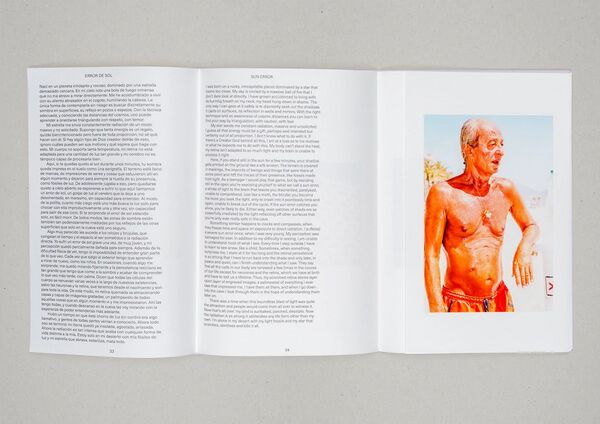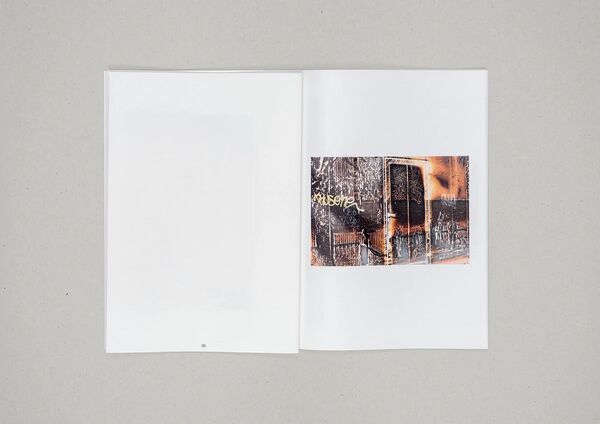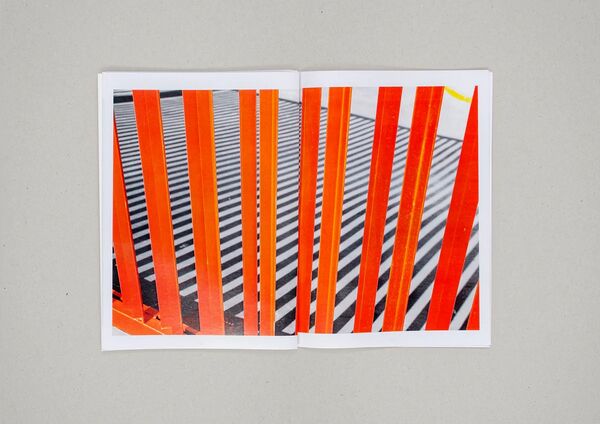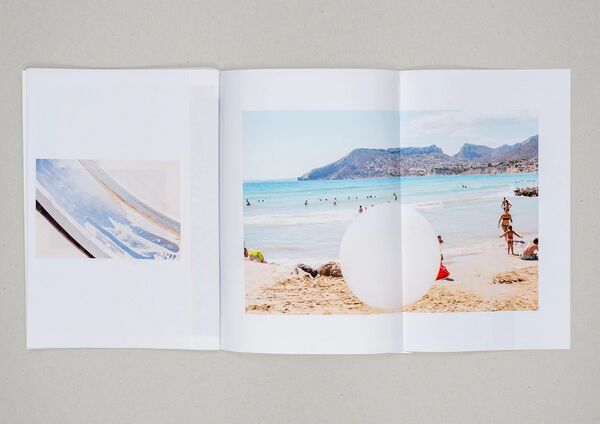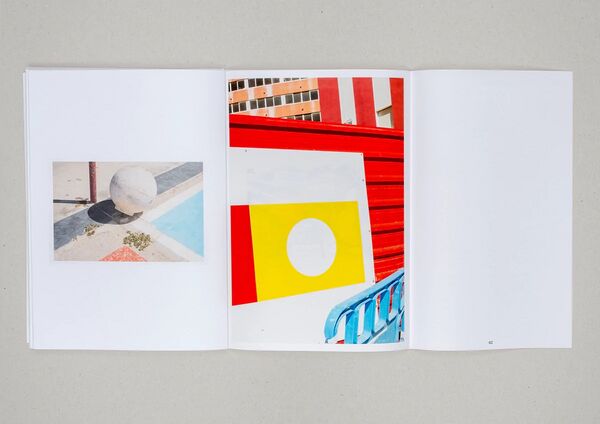Thematic History & practice of the photo-essay & photo book Aitana: Difference between revisions
| Line 84: | Line 84: | ||
<pre> | <pre> | ||
# Montage, narrative | # Montage, narrative | ||
- Simple and accessible in appearance. | |||
- There is a playfulness in reading the book about the covered/uncovered | |||
- When turning the page there is usually a part of the image that is not seen, so it is necessary to unfold the next fold in the opposite direction to see the whole photograph. | |||
- This generates a kind of rhythm in the reader. | |||
- This formal game is closely related to the nature and the content of the photographs. | |||
</pre> | </pre> | ||
Revision as of 15:18, 12 December 2022
Analysis of a photobook: SOL - Ricardo Cases
Facts and form
| Title | SOL | ISBN | 978-84-697-8268-2 |
| Photographer | Ricardo Cases | Legal desposit | M-34386-2017 |
| Text | Luis López Navarro | Size | 21 x 29,7 (A4) |
| Translation | Aitor Arauz Chapman | Price | 20,00 E |
| Design | Ángel Álvarez (Tipped Office) | Number of pages | 68 |
| Publisher | Dalpine | Number of images | 33 |
| Year of publishing | 2017 | Language | Spanish and English |
| Prepress | La troupe | Hardcover or paperback | Softcover |
| Press | Grafilur | ||
| Colour/Black&White | Colour | Binding | Loose bound |
| Sleeve / Obi / Box / etc | Transparent sleeve | Edition | 1 |
# Overall design - Softcover (29,7 x 78 cm) with front cover and back cover with technical aspects - Content consists of 9 booklets/signatures: 29,7 x 60 cm (x3), 29,7 x 78 cm (x6)
# Sections (table of contents, foreword, chapters, literature, register etc.) - Not divided into sections, but consists of a display of images and a text in the central booklet.
# Lay out of images on the page Depending on their size, they can be divided into two types: - The small ones, in vertical or horizontal arrangement, fit in a A4 format. - The large ones cover almost the whole of an A3 and each half is printed in a different booklet/signature, so that the halves can also become single images.
# Montage, narrative - Simple and accessible in appearance. - There is a playfulness in reading the book about the covered/uncovered - When turning the page there is usually a part of the image that is not seen, so it is necessary to unfold the next fold in the opposite direction to see the whole photograph. - This generates a kind of rhythm in the reader. - This formal game is closely related to the nature and the content of the photographs.
# Text, relation image-text, captions
Overview
Noticeable aspects
- The book as an object (size, materials used, binding, etc)
- Content and context: What is it about? Why was it made? Who made it? Does the book express an interesting vision on book design (maybe the photographers and designers made other books?).
- Purpose: For whom was the book made (what audience, what edition)?
- Relation content and form: title (why, what does it say?), presentation of photographs on the page, montage and narrative, image-text relations, typography etc.).
- What is good and/or bad about its desig

